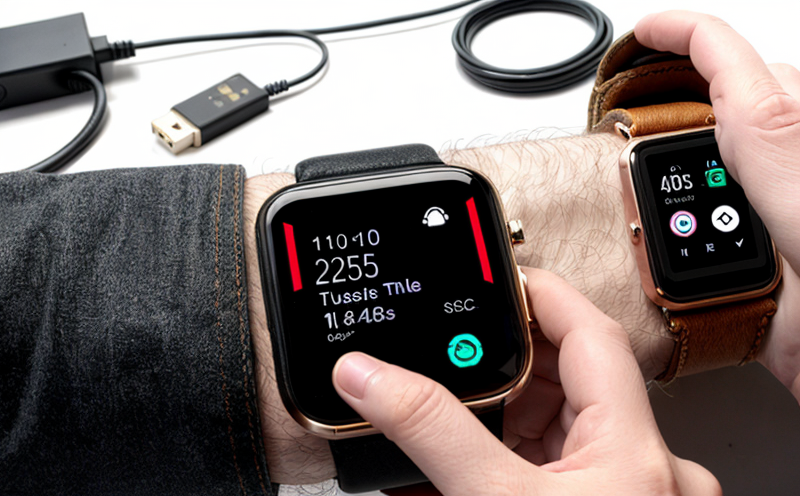CENELEC EN 50564 Standby Power Testing for Portable Electronics
The CENELEC EN 50564 standard provides guidelines to ensure that portable electronics operate efficiently, especially in standby mode. This is crucial as modern devices often consume significant amounts of power even when not actively used, contributing to overall energy consumption and environmental impact.
Standby power testing under this standard focuses on measuring the energy consumed by electronic products while they are in a low-power state but still capable of being activated or controlled externally. This includes devices like smartphones, tablets, laptops, and other portable gadgets that might be left plugged in with the intention to conserve battery life.
The importance of such testing extends beyond just compliance; it also helps manufacturers improve product design for energy efficiency. By adhering to this standard, companies can reduce their carbon footprint and contribute positively towards sustainable practices. Additionally, it ensures fair competition among brands by setting a consistent benchmark for all participants in the market.
For quality managers and compliance officers overseeing these processes, understanding how CENELEC EN 50564 applies specifically to portable electronics is essential. This knowledge allows them to implement robust testing protocols that meet both regulatory requirements and internal quality standards. R&D engineers benefit from this expertise as well since it informs their design decisions regarding power consumption optimization.
When considering procurement strategies, selecting suppliers who comply with these standards becomes crucial because non-compliance could lead to higher costs due to potential recalls or redesigns needed later on. Thus, ensuring that all components used in your products adhere to this standard is vital for maintaining a high level of product integrity and customer satisfaction.
Scope and Methodology
| Scope of Testing | Description |
|---|---|
| Determination of standby power consumption | This involves measuring the energy used by portable electronics when they are not actively performing any function but remain in a state where they can be activated or controlled externally. |
| Measurement conditions | The tests must follow specific environmental conditions, including temperature and humidity levels. These parameters ensure consistent results across different environments worldwide. |
| Data recording | All data collected during the testing process should be meticulously recorded to facilitate analysis and reporting. |
| Test Equipment | Description |
|---|---|
| Digital Multimeter (DMM) | An accurate DMM is necessary for precise measurement of electrical currents involved. |
| Power Supply Unit (PSU) | A stable PSU provides consistent power supply to the device under test throughout the duration of the test. |
| Environmental Chamber | This ensures controlled testing conditions regarding temperature and humidity, which can affect power consumption readings. |
Quality and Reliability Assurance
- Conduct thorough calibration checks on all test equipment before starting each session to maintain accuracy.
- Document every step of the testing process, including setup configurations, observed readings, and any anomalies encountered during execution.
- Compare results against established benchmarks periodically to identify trends or areas requiring improvement.
Use Cases and Application Examples
| Use Case | Description |
|---|---|
| Manufacturing Quality Control | To ensure that newly produced devices meet the specified standby power consumption limits. |
| New Product Development | During early stages of development, developers can use this testing to identify potential issues related to energy efficiency. |
| Supplier Evaluation | Evaluating supplier compliance with standards like CENELEC EN 50564 helps in selecting reliable partners for component procurement. |
| Application Example | Description |
|---|---|
| Smartphone Manufacturer | A manufacturer might use this test to monitor the standby power consumption of their latest smartphone model. If it exceeds allowable limits, adjustments could be made in future versions. |
| Laptop Manufacturer | Similar to smartphones, laptop manufacturers would also utilize these tests during R&D phases and post-production quality checks. |





